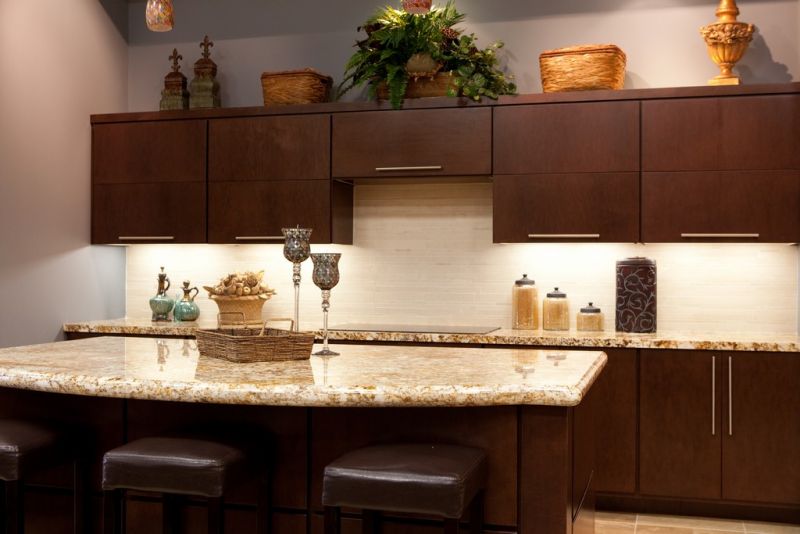The purpose of a cabinet maker doing a blind mortise-and-tenon joint function is to give an invisible joint within the custom cabinets. This is not as secure as some of the many other ways of constructing wood custom cabinets but it looks a little nicer because you can’t observe what the cabinet maker did to join each piece of plywood together. This means you don’t have to depend on the sander to clear out any part of the custom cabinets just to make sure each position of your kitchen is flush to one another. Even though this option isn’t as strong as the last method I described it is plenty sturdy enough to support you kitchen for years. Even with heavy use this should be okay. This way usually takes a lot longer to operate though. The reason why this method is hardly ever used is because it is a very tedious task for not a very big difference in the custom cabinets. If you ask any of most cabinet makers they will inform you that a sander plus a stain will make it invisible anyway which is why most people would prefer a stronger for of custom cabinets instead of something that looks good before you stain it. When a cabinet maker alligators the inside of the bar stools section of this island he can just add the extra slab as long as the majority of the granite is supported. Countless occasions a cabinet maker will run into a situation where the consumer wants the island to be mobile. This is possible if you don't glue the cabinet to the ground and secure it. This doesn't make the custom cabinets unsafe in any way it just allows the center to shift with significant force. A simple modification to the kitchen cabinets is you could glue it to the tile or wood flooring which would give it stability. Proper resistance is all you need to ensure long lasting usage.
"My custom cabinets are precisely
"My custom cabinets are precisely
